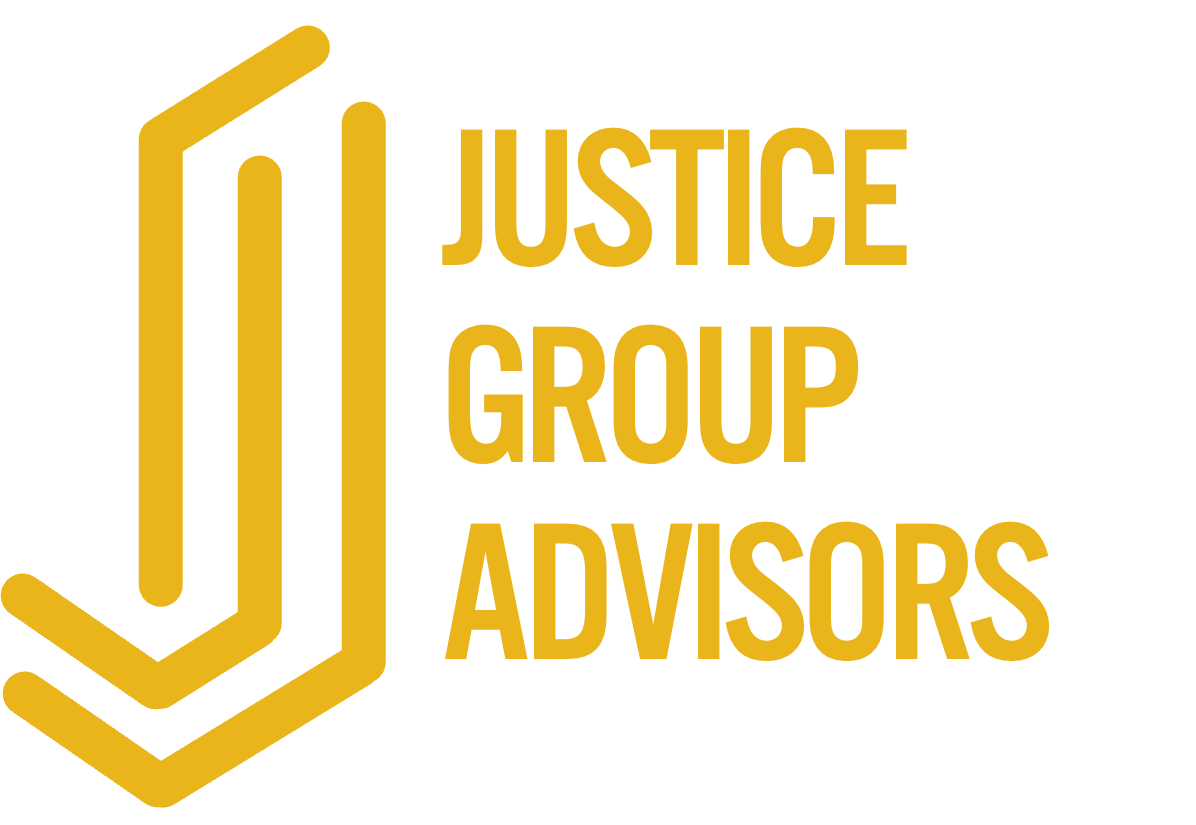The Confidence Threshold: A Better Way to Decide Under Pressure
Have you ever missed your moment because you were waiting to feel more certain?
It doesn’t always look like indecision. Sometimes it’s one more meeting. One more data point. One more round of stakeholder input.
You're not stalling—you care deeply. You understand the stakes and want to get it right.
In coaching, I often hear thoughtful leaders say things like:
“I think this is the right move… but I’m not 100% sure.”
“I just want to feel confident before I commit.”
“I don’t want to regret this.”
These aren't signs of indecision—they show you genuinely care about the impact, the people, and the outcomes.
When I hear this thoughtful hesitation, I ask one simple question:
“How confident do you think you need to be before moving forward?”
It’s not a trick question. It’s a chance to explore a truth we often overlook:
You don’t need 100% certainty. You just need enough clarity and conviction to act.
That’s where the Confidence Threshold comes in—not as a rigid rule, but as a practical tool to define what "enough" looks like and break the loop of hesitation.
The Confidence Threshold Framework
This isn’t a math formula. It’s a mindset shift—a structured approach to help you pause, assess, and move forward decisively.
Step 1: Define Your Confidence Threshold
Ask yourself: How sure do I really need to be to make this decision?
Every decision demands a different threshold. Some deserve 95%. Others? 80% is more than enough.
This step surfaces tradeoffs, highlights your risk tolerance, and often reveals perfectionism masquerading as preparation.
Bonus tip: If 80% confidence is sufficient, consider empowering someone else to own the decision.
Step 2: Name What’s Holding You Back
Once you’ve set your threshold, clarify what's preventing you from meeting it:
A missing data point?
A gut check from a trusted peer?
Or just fear of being wrong?
This helps distinguish genuine gaps from anxiety disguised as research.
Step 3: Commit and Lead Forward
When you reach your threshold, stop circling. Own the decision, lead the room, and signal direction.
Confidence doesn’t come from knowing the outcome—it comes from trusting your decision-making process. Even if you're still a bit unsure, leading decisively builds trust and clarity.
If you’re wrong? You’ll learn faster than someone who waited too long to act.
Real-World Examples: The Confidence Threshold in Action
Here’s how this works in practice:
Presenting a Strategic Recommendation
You're 90% sure, yet you add slides and context hoping to close the gap.
Reality: Your job isn't to erase all doubt—it’s to frame the decision clearly so others can confidently move forward.
Hiring or Promoting a Senior Leader
You're 85% confident they’re right today but hesitate about long-term potential.
Reality: You’ll never have absolute certainty. Make your strongest call, then actively support their success.
Making a Go/No-Go Call on a Key Initiative
You’re 80–85% confident. Timing matters, but doubt creeps in.
Reality: In high-stakes situations, certainty is rare. Waiting can cost you opportunity and momentum.
Giving Feedback to a Peer or Senior Leader
You're 95% sure something needs to be said, but hold back fearing reactions.
Reality: The final 5% is often discomfort—not lack of clarity. Leadership means saying what others won’t.
✨ Save this and use it next time you’re circling a decision.
The Bottom Line
Confidence doesn’t come from knowing you're right. It comes from knowing how you're deciding—and trusting that process.
You won't always feel certain, but you can always choose clarity. You can choose readiness. You can choose to lead.
Next time you’re circling a decision, pause and ask:
What's my threshold? What's missing? And what could happen if I choose to lead right now?





Every organization has moments when the real issue sits unspoken in the room. The leaders who earn lasting respect are the ones willing to name it. “Calling the elephant” isn’t about drama — it’s about surfacing truth so the team can stop circling and start solving what really matters.